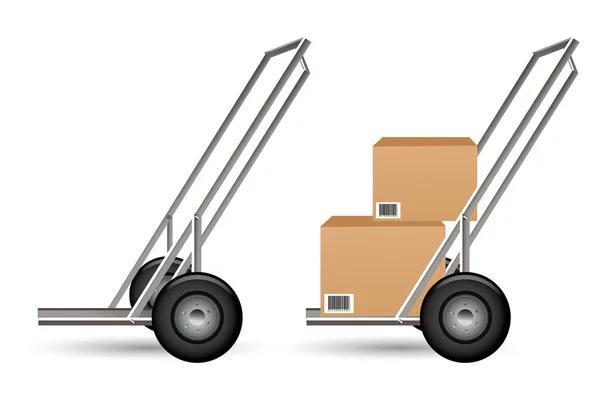Optimizing Business Costs Through LTL Freight Strategies
Leveraging Less Than Truckload (LTL) freight strategies can be a game-changer in optimizing business costs. In today’s competitive market, businesses are continually seeking ways to reduce expenses and improve efficiency without compromising service quality. LTL freight strategies offer an effective solution for companies looking to achieve these goals.
LTL shipping refers to the transportation of relatively small freight that doesn’t require a full truckload due to its size or weight. Instead of paying for a full truckload, businesses only pay for the portion of the trailer their goods occupy, while other companies fill up the remaining space with their goods. This method is not only cost-effective but also promotes sustainability by reducing carbon footprints through shared transportation.
One of get the details primary benefits of implementing LTL freight strategies is reduced shipping costs. Businesses can save significantly as they no longer have to pay for an entire truckload when they don’t need it. Furthermore, many LTL carriers offer flexible pricing options based on factors such as distance, weight, and commodity type, allowing businesses to choose what best suits their budget and needs.
In addition to cost savings, LTL shipping provides increased flexibility. With traditional full truckload shipments, businesses often have to wait until they have enough products ready for shipment before arranging transportation. However, with LTL shipping methods, companies can ship more frequently in smaller batches which not only improves cash flow but also allows quicker response times to changes in demand.
Moreover, most LTL carriers provide tracking services that allow shippers real-time visibility into where their goods are at any given time during transit. This enhanced transparency facilitates better planning and decision-making processes within supply chain management.
Another advantage of using LTL freight strategies lies in improved resource utilization. By consolidating multiple smaller shipments into one larger load—businesses can make better use of available resources including warehouse space and manpower resulting in further cost savings.
Lastly, there’s potential access to special services offered by LTL carriers which might not be available with full truckload shippers. These services may include liftgate service at pickup or delivery, inside pickup and delivery, residential service, and more.
In conclusion, optimizing business costs through LTL freight strategies is a practical approach for businesses of all sizes. By adopting these strategies, companies can enjoy significant cost savings, increased flexibility in shipping schedules, better resource utilization and access to additional services that enhance the overall efficiency of their supply chains. It’s a win-win situation for businesses striving to balance between reducing costs and maintaining high levels of customer satisfaction.



